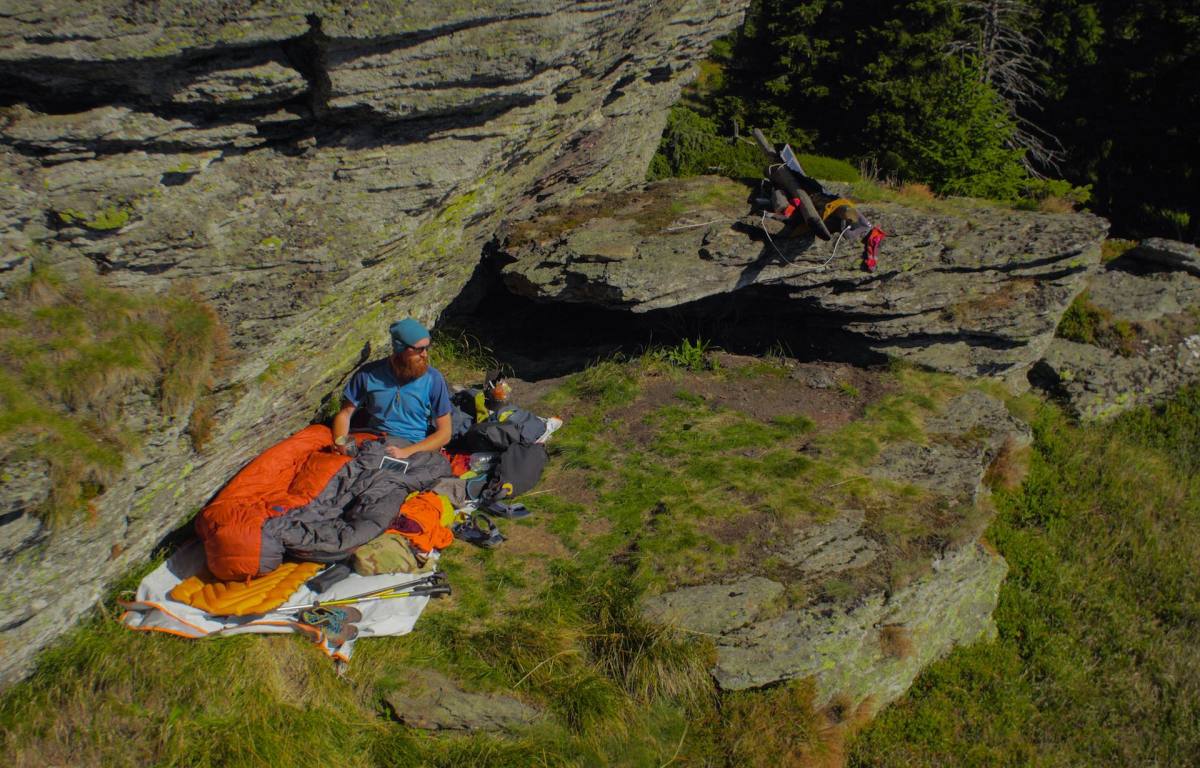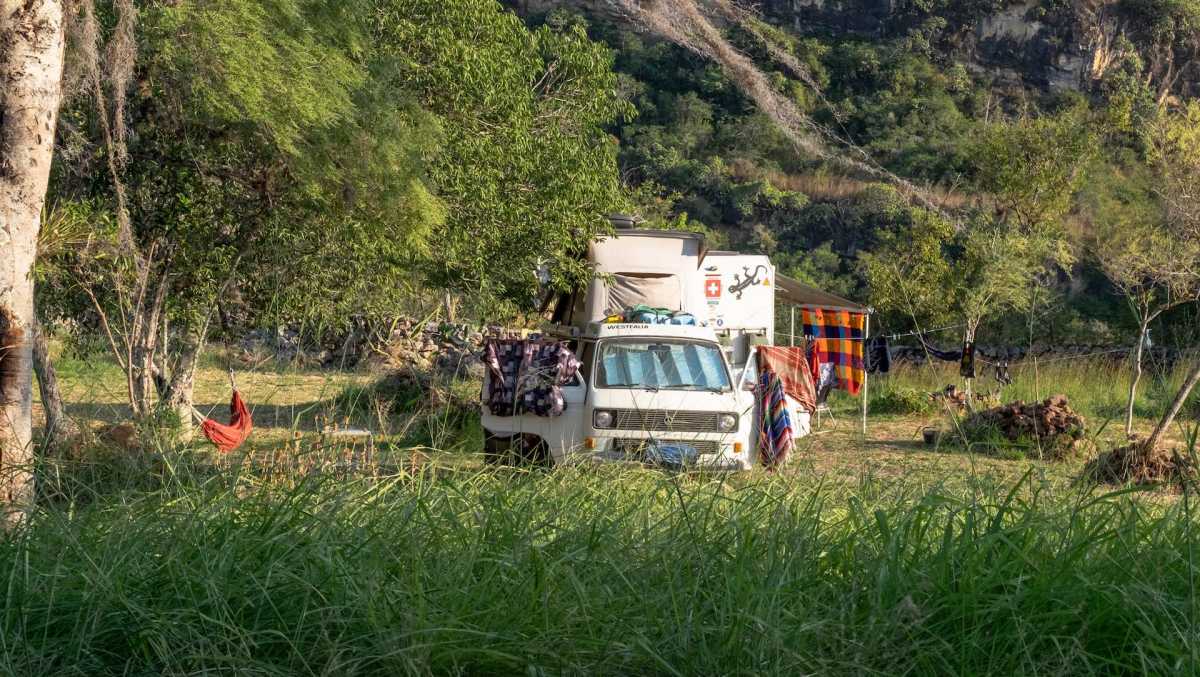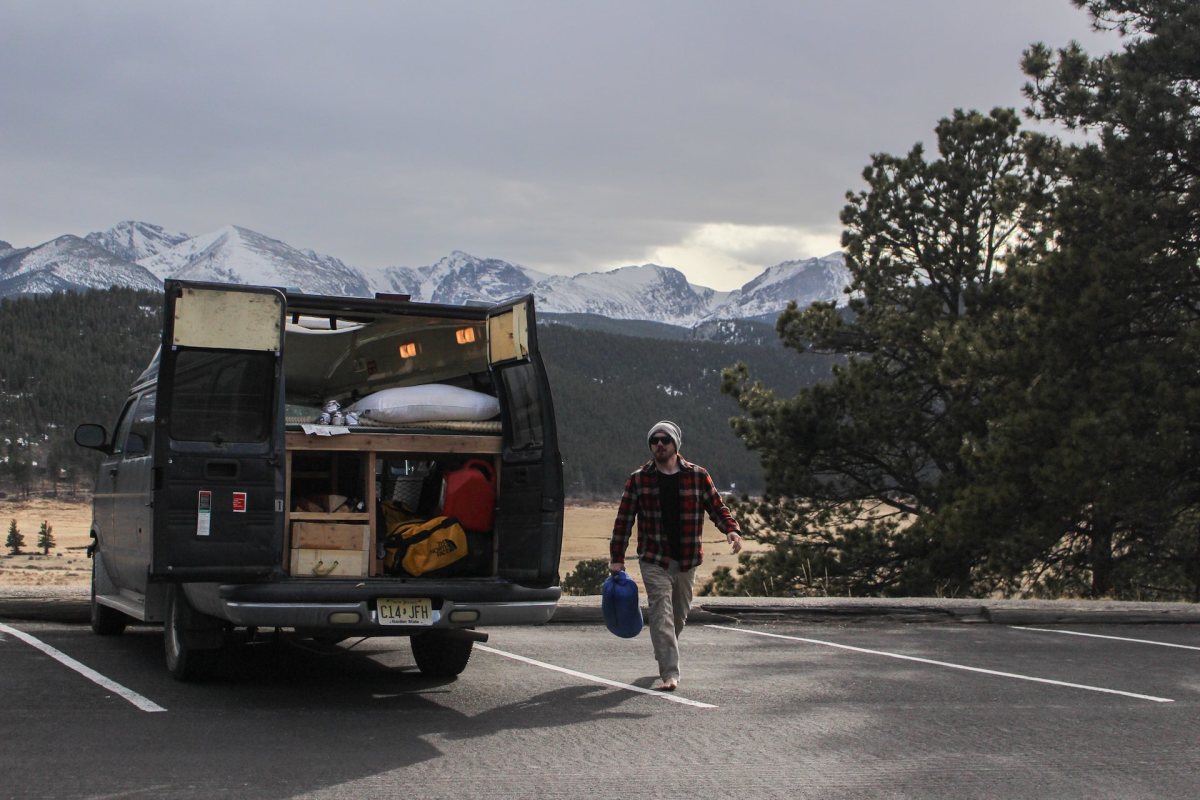Why ‘Nomadland’ Missed the Mark
Chloé Zhao’s Nomadland tells the fictionalized story of a woman taking to the road in the wake of her husband’s death and the economic recession. The Best Picture frontrunner at this year’s Oscars (off the heels of wins at the Producers Guild of America, Golden Globes, and Critics Choice Awards) is beautiful, and it has brought the outdoor transient lifestyle into popular consciousness. But in the process, Zhao has incorrectly painted the entire subculture as a group riddled with malaise and hopeless desperation.
The characters in Nomadland are portrayed as a sad and helpless bunch, slowly rolling down western roads and waiting to languish away after being forced into a mobile lifestyle by a society that’s cast its elders aside. While these aging nomads do exist in the real world, they are not the only folks who have taken to life on four wheels in America’s wild places. There is a younger generation who has done so with glee. Let’s call them dirtbags. That’s the label they pick.
But unlike the fading vagabonds of Nomadland, dirtbags are running after something, not away. Expert skiers, paddlers, climbers and bikers: They are craftsmen, skilled survivalists and masters of improvisation too. In 2017, I ditched an entertainment industry job in New York and an apartment with exposed brick walls to join them.
I was desperate, but my move wasn’t brought on by financial struggle. Mainstream society hadn’t let me down. I chose to leave because I felt a suffocating lack of stimulation, and thought the West might offer a way of life that would set my soul on fire. And I was right.
In dirtbags, I found America’s last bastion of counterculture: wildly unhinged human beings with red eyes and hard-thumping hearts, who had been intentionally living in tents and vehicles for years, in order to mainline euphoria-inducing experiences whenever possible.

Dirtbags have walked away from the mundanity and security of a standard, prescribed life, but their world didn’t have to be shattered first. After first experiencing a sense of peace, in the company of good folks on the slopes, the river, or at the local climbing crag, it’s hard to want to spend time doing anything else beside chasing that next fix of flow and fulfillment.
They find it in a quickening of the pulse with paddles in hand or skis on the feet; in a shared adrenaline burst, an uncommon camaraderie, and giggles over budget beer round the fire. Dirtbags don’t resent the housing market or the financial system. They just want no part of it. They’ve stumbled upon something greater.

In these outdoor adventures and this community, in frost-coated beards and waterlogged board shorts, these junkies find a form of meditation and sustained joy.
No dirtbag is submitting themselves to servitude at a 9-to-5 desk, or picking up dirty undies at a crowded campground like Nomadland’s protagonist. They’re doing whatever they can to make it work: digging out guns and running hoses on a snowmaking crew, or guiding tourists through Class V stretches of whitewater. Everything is done in pursuit of more time outside, with pure-hearted peers, overtaxed lungs, and sometimes, rotgut whiskey on the tongue.
Dirtbags aren’t engaged in some last-ditch attempt at staying alive. Rather, the glory of dirtbaggery is in the act of voluntarily committing to an ongoing quest to fuel your own personal wild and extraordinary life worth living. Maybe that is a selfish pursuit, or a short-sighted venture (especially when it comes to balancing finances), and yes, it can be dirty. But the life that exists along an empty road is not one without vigor and opportunity. There is plenty of proactive life left to live on the roadlife fringe.

For access to exclusive gear videos, celebrity interviews, and more, subscribe on YouTube!
